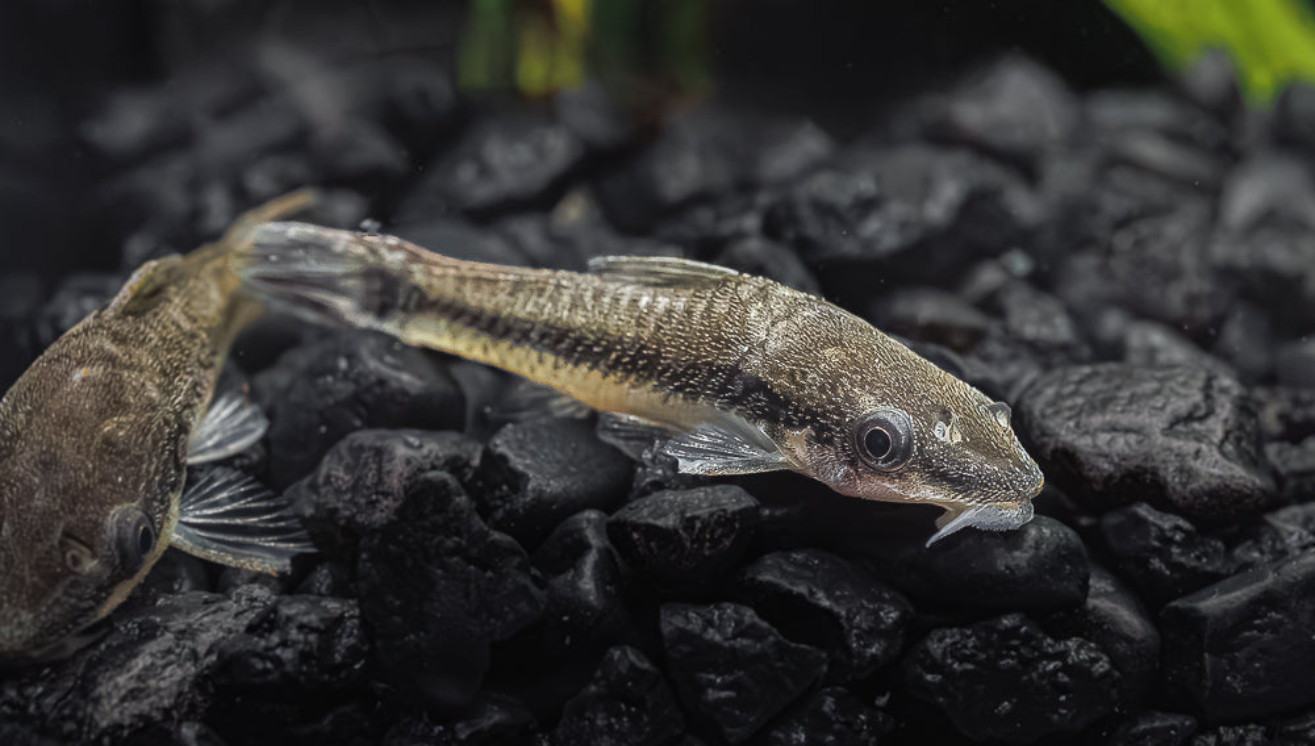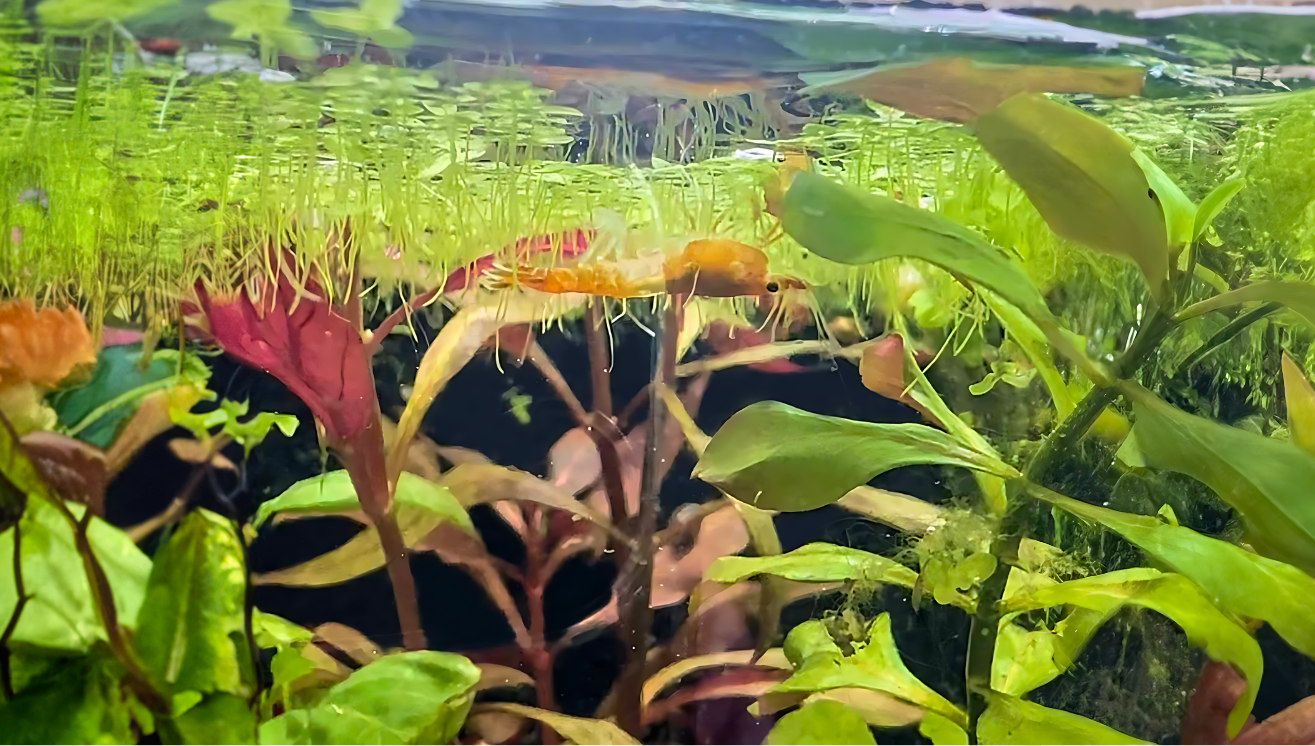Your Cart is Empty
🚚 Flat-Rate FedEx Priority Overnight — Just $26.99 (Limited-Time Special!) | FREE over $200
🚚 Flat-Rate FedEx Priority Overnight — Just $26.99 (Limited-Time Special!) | FREE over $200
🚚 Flat-Rate FedEx Priority Overnight — Just $26.99 (Limited-Time Special!) | FREE over $200
by Brooke Lees September 06, 2024 1 min read

Mystery snail eggs and nerite snail eggs couldn’t look more different: mystery snails deposit soft, gelatinous clusters of pink or reddish eggs in neat rows just above the waterline, where they need humidity (but not being submerged) to develop and hatch in one to four weeks. Nerite snails, on the other hand, glue dozens of tiny, opaque-white capsules directly onto submerged surfaces, rocks, driftwood, or glass, but in a freshwater tank these eggs rarely hatch without brackish conditions, making most nerite clutches harmless “decorations” rather than a snail invasion waiting to happen. Mystery snails are known for their large, colorful egg clutches. They lay their eggs above the waterline— usually on glass or the lid—in bright pink or red clusters that look like blackberries. Each clutch can contain hundreds of eggs, and under the right conditions they hatch in about 1–4 weeks. If you don’t want more baby snails, simply remove the clutch before it hatches. Nerite snails lay tiny white eggs all over driftwood, rocks, plants—and even the glass. Unlike Mystery snail eggs, Nerite eggs won’t hatch in freshwater; they need brackish water to develop. The sticky clusters can be a nuisance and often leave white spots behind. We recommend removing them with a magnetic scraper.Mystery Snail Eggs: Easy to Spot & Hatch

Nerite Snail Eggs: Subtle & Harder to Hatch

Comments will be approved before showing up.

by Brooke Lees October 04, 2024 2 min read
Aquarium plants do much more than add beauty to a tank, they help maintain water quality and provide natural shelter for your aquatic pets. Among the many available options, Hornwort and Anacharis stand out for their versatility, ease of care, and benefits to aquarium ecosystems. Let’s dive deeper into the differences and similarities between these two popular plants.

by Brooke Lees September 20, 2024 2 min read

by Brooke Lees September 13, 2024 3 min read